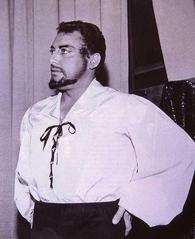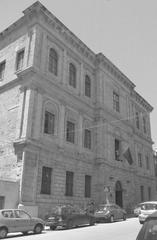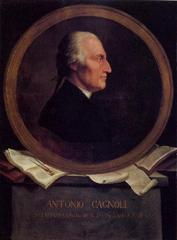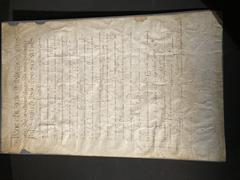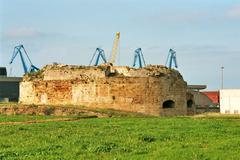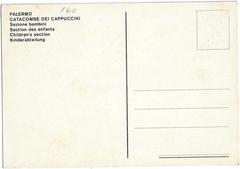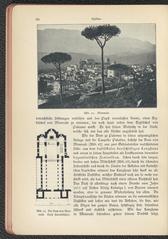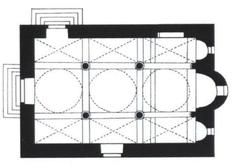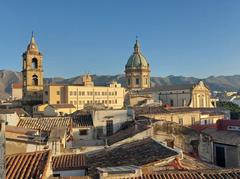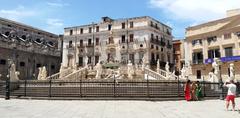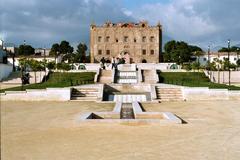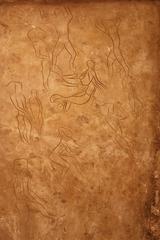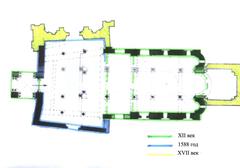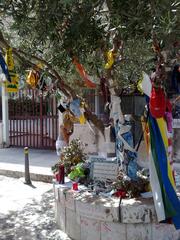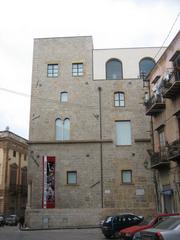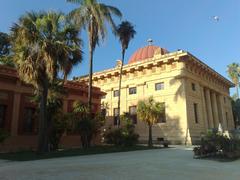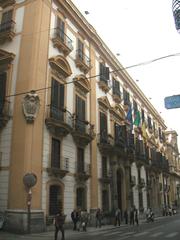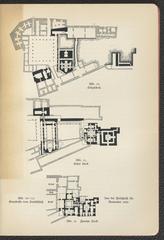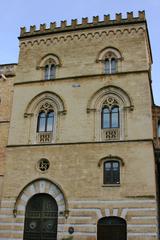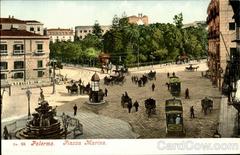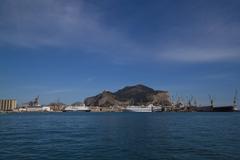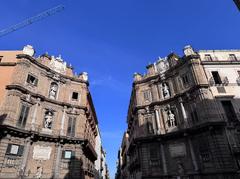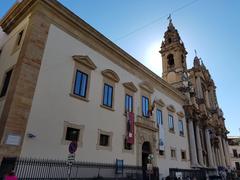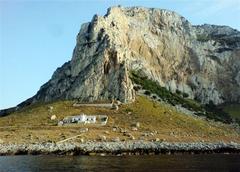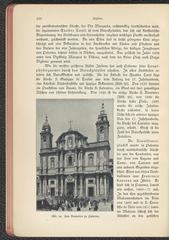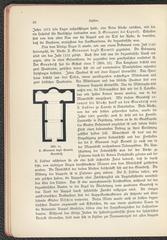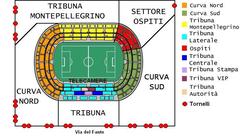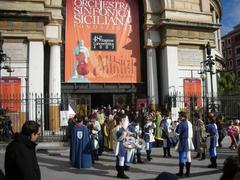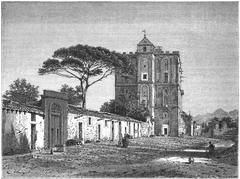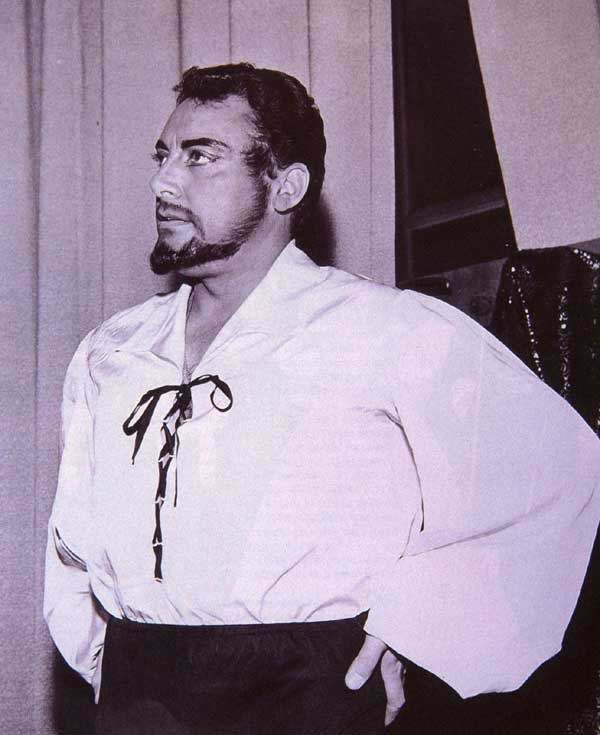
Teatro Massimo Palermo: Visiting Hours, Tickets, and Historical Sites Guide
Date: 14/06/2025
Introduction to Teatro Massimo Palermo
Teatro Massimo Vittorio Emanuele is not only Italy’s largest opera house but also one of Europe’s most revered cultural landmarks. Located in Palermo’s Piazza Verdi, it is renowned for its stunning neoclassical architecture, exquisite interiors, exceptional acoustics, and a vibrant schedule of opera, ballet, and concert performances. Conceived after Italian unification as a symbol of Palermo’s artistic ambition and identity, Teatro Massimo stands as an enduring testament to the city’s rich history and dedication to the arts. With easy access to Palermo’s historic center and nearby attractions, the theater serves as a pivotal social and cultural hub. This guide provides essential information on Teatro Massimo visiting hours, ticket options, accessibility, and practical tips, along with historical context and suggestions for exploring nearby Palermo historical sites (Teatro Massimo Official, Italian Traditions, Wikipedia).
Table of Contents
- Introduction
- Historical Overview
- Visiting Teatro Massimo: Practical Information
- Nearby Attractions and Suggested Itinerary
- Frequently Asked Questions (FAQ)
- Conclusion
Historical Overview
Origins and Conception
The vision for Teatro Massimo emerged in the mid-19th century as part of Palermo’s ambition to assert its place in unified Italy. In 1864, Mayor Antonio Starrabba di Rudinì launched an international competition for the theater’s design and construction, marking the beginning of a monumental project (Wikipedia). Despite bureaucratic and political delays, the cornerstone was laid in 1875, and after 22 years, the theater opened its doors in 1897 (Teatro Massimo Official).
Architectural Vision and Design
Teatro Massimo’s neoclassical-eclectic style, inspired by ancient Greek and Roman temples, was designed by Giovanni Battista Filippo Basile and completed by his son Ernesto after Basile’s death. The imposing hexastyle Corinthian portico and monumental staircase, flanked by bronze lions symbolizing Tragedy and Opera, create a dramatic entrance (Italian Traditions). The horseshoe-shaped auditorium, originally seating 3,000 (now 1,381), is famed for its superb acoustics (Wikipedia).
Inauguration and Early Years
The theater’s grand opening in 1897 featured Verdi’s “Falstaff” and quickly established Teatro Massimo as a leading venue for the performing arts. The Florio family, prominent local patrons, played a key role in its early artistic success (Wikipedia).
Twentieth Century Developments
In 1935, Teatro Massimo became a public institution managed by the Italian Ministry of Culture. After closing for major renovations in 1974, it reopened in 1997, coinciding with a performance by the Berliner Philharmoniker and the resumption of full opera seasons (Wikipedia).
Cultural Significance and Legacy
Teatro Massimo is the cultural heart of Palermo, symbolizing the city’s artistic vitality and cosmopolitan spirit. It serves as a premier venue for opera, ballet, and symphonic music, and offers guided tours, cultural programs, and combined art experiences such as the OPERART ticket (Teatro Massimo Official).
Visiting Teatro Massimo: Practical Information
Visiting Hours
- Guided Tours: Daily from 9:30 AM to 6:00 PM (last entry 30 minutes before closing; hours may vary, so check the official website).
- Box Office: Open Monday to Saturday, 9:00 AM – 7:00 PM.
- Performance Schedule: Varies by season. Consult the current listings.
Tickets
- Guided Tour Tickets: €12 general, €6 (under 26), €4 (Palermo residents), €3 (school groups), free for children under 6.
- Performance Tickets: €15–€120 depending on event and seating.
- Special Tours: Roof Terrace Tour €20, offering panoramic city views (thesmoothescape.com).
- Purchase: Buy at the box office or online through the official Teatro Massimo website.
Accessibility
Teatro Massimo prioritizes accessibility with ramps, elevators, reserved seating, and assistive devices. Contact the box office in advance for specific needs (teatromassimo.it).
How to Get There
- Address: Piazza Verdi, 90138 Palermo, Italy.
- Public Transport: Bus lines 101, 102, and 109 stop at Piazza Verdi.
- Parking: Limited; public transport or walking is recommended (viajaaturitmo.com).
Visitor Tips
- Arrive early for tours or performances.
- Dress smart casual or elegantly for events.
- Photography is allowed during tours (except restricted areas); ask your guide.
- Combine your visit with nearby attractions for a full Palermo experience.
- Spring and autumn are ideal for fewer crowds; summer can be hot and busy.
The Guided Tour Experience: Highlights
- Façade & Staircase: Neoclassical portico, bronze lions, and iconic dome (sicilyuncovered.com).
- Auditorium: Horseshoe-shaped, 1,381 seats, chandeliers, frescoes, and world-class acoustics (budgetyourtrip.com).
- Royal Box & Pompeian Hall: Elegant, historically significant spaces.
- Sala degli Stemmi: Hall of Coats of Arms.
- Stage & Backstage: Some tours include behind-the-scenes access.
- Roof Terrace: Panoramic city views (thesmoothescape.com).
Attending a Performance
Teatro Massimo’s programming includes opera, ballet, and concerts with internationally acclaimed artists. The theater’s acoustics and atmosphere offer a unique experience—book performance tickets in advance for the best seats (teatromassimo.it).
Visitor Amenities
- Café and Bookshop: On-site for refreshments and souvenirs (viajaaturitmo.com).
- Restrooms: Available during tours and performances.
- Accessibility: Audio/video guides and facilities for visitors with disabilities.
Nearby Attractions and Suggested Itinerary
- Quattro Canti: Baroque crossroads and photo hotspot.
- Palermo Cathedral: Arab-Norman architectural marvel.
- Capo and Vucciria Markets: For local food and culture.
- Church of San Domenico & Palazzo Pretorio: Historic churches and civic buildings.
A suggested half-day itinerary: Tour Teatro Massimo, stroll to Quattro Canti and Palermo Cathedral, then enjoy lunch at a local trattoria.
Cultural Insights
Teatro Massimo’s motto over the entrance—“L’arte rinnova i popoli e ne rivela la vita. Vano delle scene il diletto, ove non miri a preparar l’avvenire.”—reflects art’s power to renew and inspire society (sicilyuncovered.com). The theater’s role in Palermo’s civic life extends beyond the arts, fostering community through educational outreach and public events.
Frequently Asked Questions (FAQ)
Q: What are the Teatro Massimo visiting hours?
A: Guided tours run daily from about 9:30 AM to 6:00 PM (last entry 30 minutes before closing).
Q: How can I buy Teatro Massimo tickets?
A: Purchase at the box office or online through the official website. Booking ahead is advised.
Q: Is there a dress code?
A: Smart casual or elegant attire is recommended for performances.
Q: Are tours available in English?
A: Yes, as well as in several other languages.
Q: Is Teatro Massimo accessible?
A: Yes, with ramps, elevators, and services for visitors with disabilities.
Q: Can I take photos inside?
A: Generally yes during tours, except in restricted areas or during performances.
Conclusion
Teatro Massimo remains an extraordinary symbol of Palermo’s cultural heritage—its neoclassical façade, iconic dome, and legendary acoustics continue to inspire visitors from around the world. Whether you attend a world-class performance or join a guided tour, Teatro Massimo offers an immersive artistic and historical experience. For the best visit, book your tickets in advance, check the latest visiting hours, and explore nearby Palermo historical sites. Download the Audiala app for exclusive guides, and follow Teatro Massimo’s official channels for updates and events.
Images & Media Suggestions:
- Exterior photo: “Teatro Massimo’s grand façade, Piazza Verdi, Palermo.”
- Interior: “The horseshoe-shaped auditorium known for its acoustics.”
- Bronze lions: “Symbolic bronze lions at Teatro Massimo’s entrance.”
- Interactive map: Teatro Massimo and nearby attractions.
Internal Links:
- “Top Historical Sites in Palermo”
- “Guide to Palermo’s Baroque Architecture”
- “Sicilian Cuisine: Where to Eat in Palermo”
External Links:
Sources and Further Reading
- Teatro Massimo Official
- Italian Traditions
- Wikipedia
- Tourspilot
- GoComGo
- Palazzo Sovrana
- Veronika’s Adventure
- Schmidt Holidays
- viajaaturitmo.com
- budgetyourtrip.com
- thesmoothescape.com
- sicilyuncovered.com
- travellingking.com
